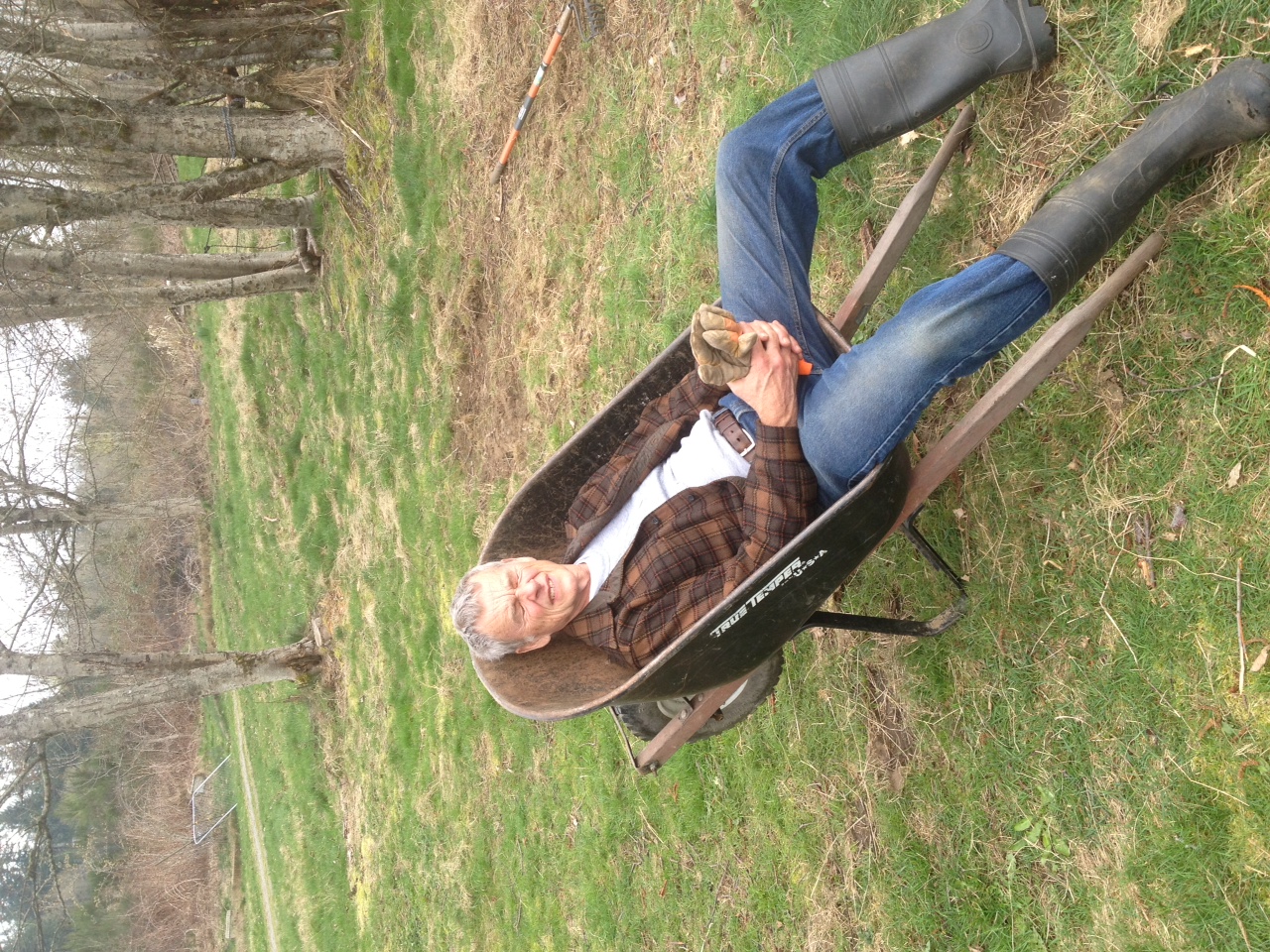Trail Camera
- Ken Campbell

- Jul 15, 2022
- 2 min read
Our wildlife observations at Soggy Bottom Farm are enhanced through the use of trail cameras. A few likely locations have been identified that are expected to attract certain kinds of creatures and at various times, a camera is mounted on an observation post at the specified location to record whatever moves by. Reasonable success has been obtained at five locations:
1. Game trail that crosses the driveway.
2. Crest of the shallow ridge in the forest.
3. Logging skid-road in the forest.
4. Beaver pond in the meadow.
5. Bridge over side-channel on Transition edge between forest and meadow.
Each location is situated within a distinctly different habitat and, thus, different animals or, at least, different animal dynamics are expected to appear at each place.
For instance, at the beaver pond, the trail camera captured images of beaver, otter, raccoon, mallard ducks plus their recently hatched ducklings, and wood ducks plus their recently hatched ducklings. Of these beaver-pond animals, only the raccoon is likely to be seen at the other four locations.
In contrast to the beaver pond, when the camera was mounted at the skid-road location, it captured images of deer, bear, coyote, bobcat, opossum, barred owl, raccoon, rabbits, and squirrels. On one notable occasion, when Jay was monitoring the camera traps before Jean and I took up residence at Soggy Bottom, a large male black bear was photographed passing through the skid-road photo field. There is a tree in the photo field that the black bear selected to scratch its back on while standing on its hind legs. The resulting images of this huge upright bear are the stuff that fuels stories of forest monsters. In general, the creatures photographed at the skid-road location may be seen at other locations but not in the mix or at the frequency seen there.
Deer and coyotes are ubiquitous and, with the exception of the beaver pond, have been observed at all the locations. However, what these animals do at these various locations differs. Up on the crest of the shallow ridge in the forest, many of the coyote images appeared to portray aspects of family life within the pack. It was possible to identify from these pictures a breeding male, a breeding female, and helper animals in the pack. The camera must have been mounted close to the den. At other locations such as the driveway game trail, animals were observed simply as they passed by without the interactions that might reveal relationships.
With the exception of the beaver pond with its diurnal animal activity, most of the trail camera pictures were taken at night with infra-red flash. There are two things to consider here: 1 – we can’t see at night and images of these animals are not available to us other than through infra-red photography; 2 – most mammal activity occurs at night. Add these two factors to the fact that we humans don’t have either the time or patience to sit and wait for an animal to occasionally appear at a given location, and you can appreciate just how much trail cameras enhance our wild animal viewing experience.














Comments